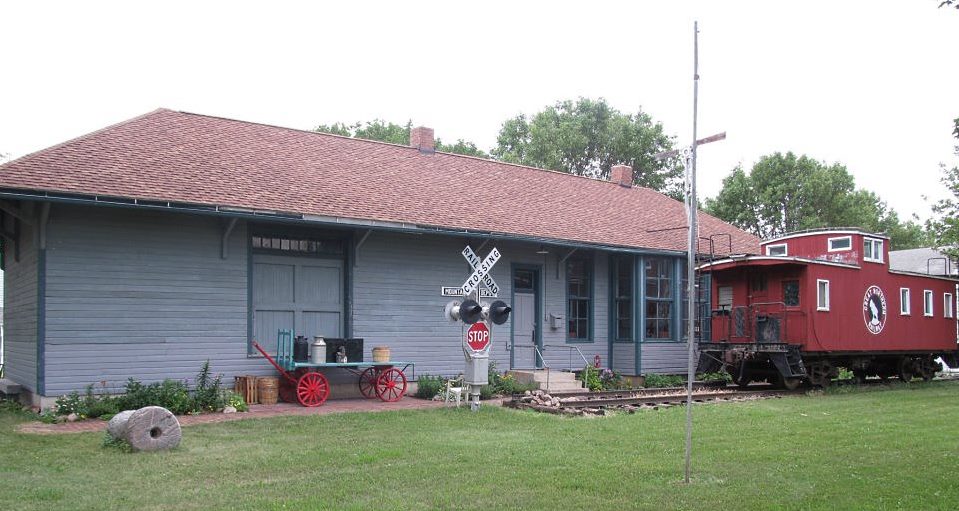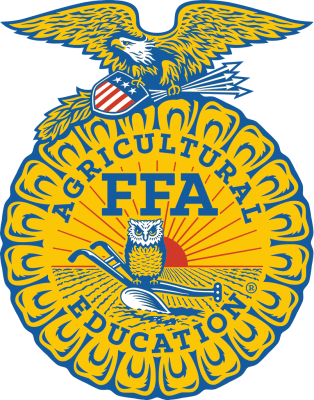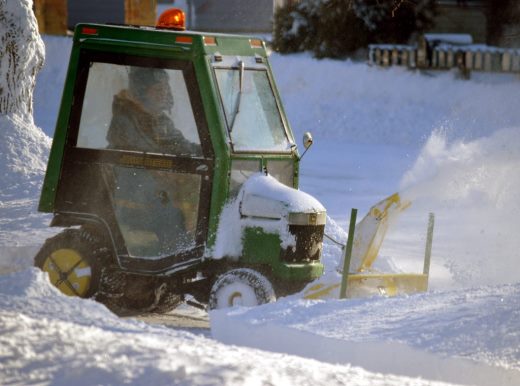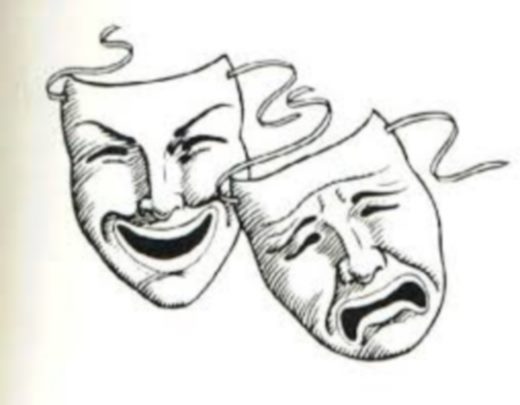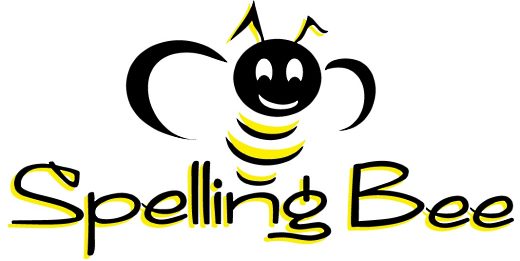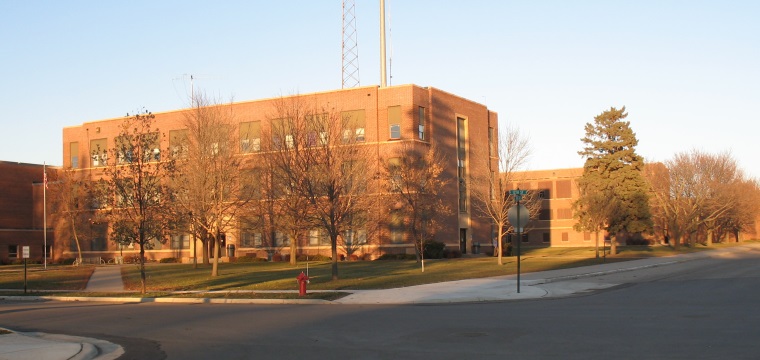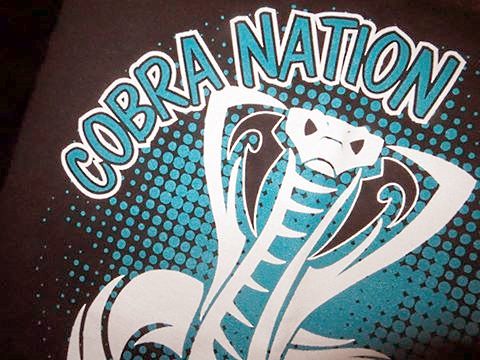Ethan Karschnik is author of next 2015-2016 MLHS senior student editorial
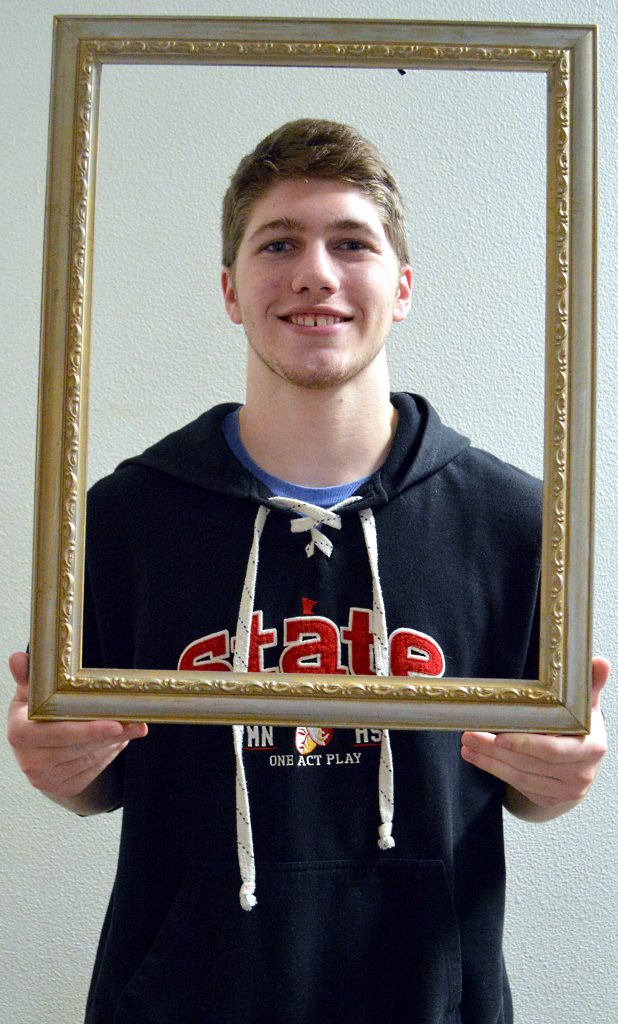
Violence in Film – Tasteless or Meaningful?
As the screen faded to black and the credits started to roll, I turned on the lights and heard my friend say, “Well, now I’m just sad.” We had just watched Se7en, a 1995 movie about two detectives hunting a serial killer. My friend’s comment stuck with me and made me think about violence in movies and whether or not it is particularly a bad trend.
Ever since some of the first films in the early 1900s, violence has been used to portray many different types of themes, including slapstick comedy (Convict 13, 1920), grisly and macabre (Psycho, 1960), and realistic depictions of war (Saving Private Ryan, 1998). Some may argue that violence in movies is unnecessary and used purely for shock value. While this is true for some cases, I believe that the violence we see on the silver screen serves to promote a specific theme or message to the viewer.
The standard for “tolerable violence in film” has changed drastically over the past hundred years. When we look at movies from the first half of the 1900s, we see that the violence in these films is glazed over and not very embellished. Scenes in which people are shot show them simply falling over with over exaggerated grandeur, and little blood or gore is visible in these early movies. This mild violence was used to appeal to the industry’s conservative audiences at that time – proper and prim, men wearing suits and women wearing dresses, nary a pair of blue jeans to be found except in the fields. Just being introduced to moving pictures, people of that culture were not used to grisly and morbid depictions of violence and neither were the filmmakers.
Over time, as our culture changed dramatically after World War II, movies became increasingly more violent, and people tolerated more visceral depictions of it. If an audience in the 1930s saw a movie like Saving Private Ryan, they would be appalled and sickened. Seeing the contrast between violence in movies then and violence in movies now truly is astounding. Is this drastic change okay, or are movies becoming too violent?
Many people would disagree with me, but I believe that MOST movies today are not unnecessarily violent. Filmmakers use violence in a way to drive home themes and points in a movie, not just to provide eye candy for a viewer. One example of using violence to express a theme is the movie Twelve Years A Slave. This movie had widespread success and depicted the horrors and brutality of slavery without sugarcoating anything, making the violence “meaningful.” Other movies like Schindler’s List, Shawshank Redemption, and Warrior also prove that violence in movies can have a deeper meaning. These meanings can vary, but my main point is that they actually have a meaning, a message the viewer can hold on to, something to contemplate and to interpret long after the final credits roll.
In conclusion, movies today are more violent than movies made 60 years ago, but this violence is not always meaningless. Does this mean that filmmaking is becoming more morbid? In some cases, yes, but in most other cases, violence in movies is used to express the theme or message of the movie and the tone of the story.
Filmmaking is an art, and violence is a brush that, when used correctly, can make something beautiful.


